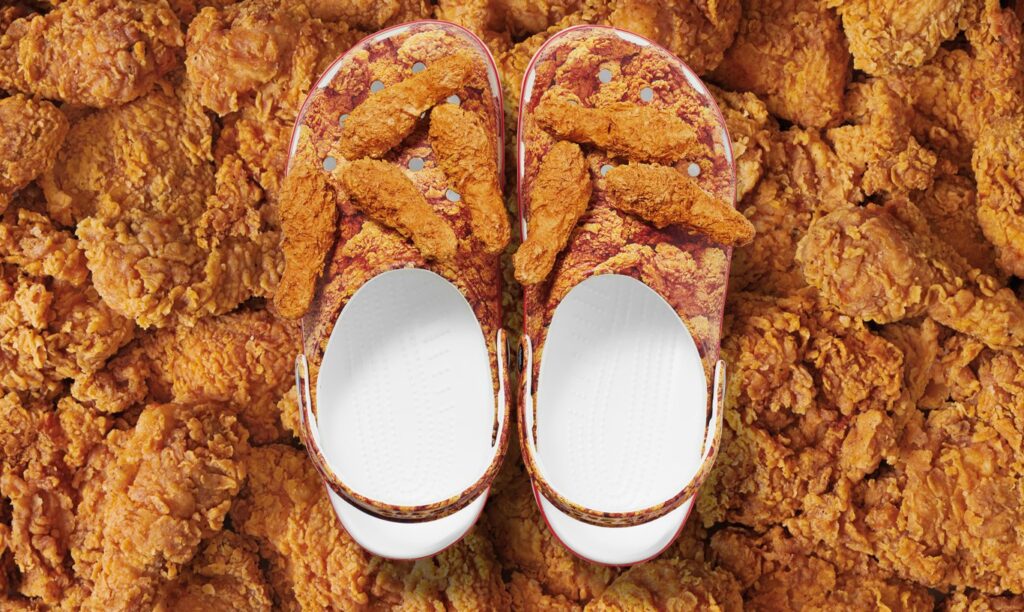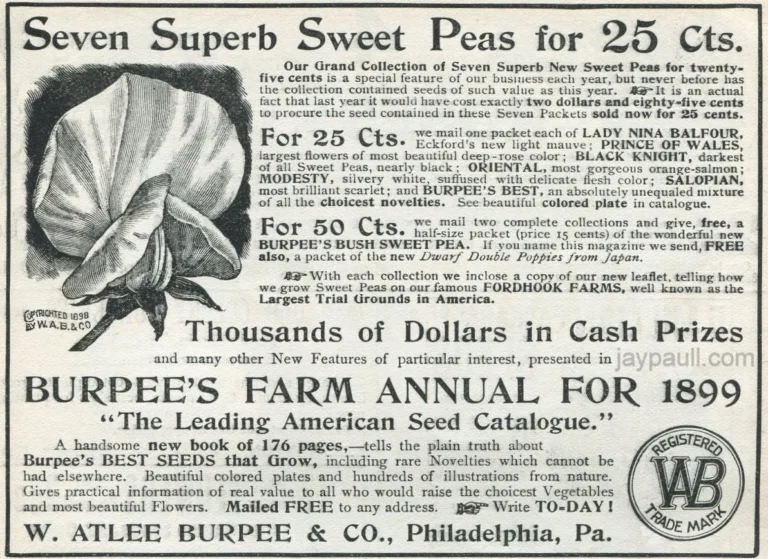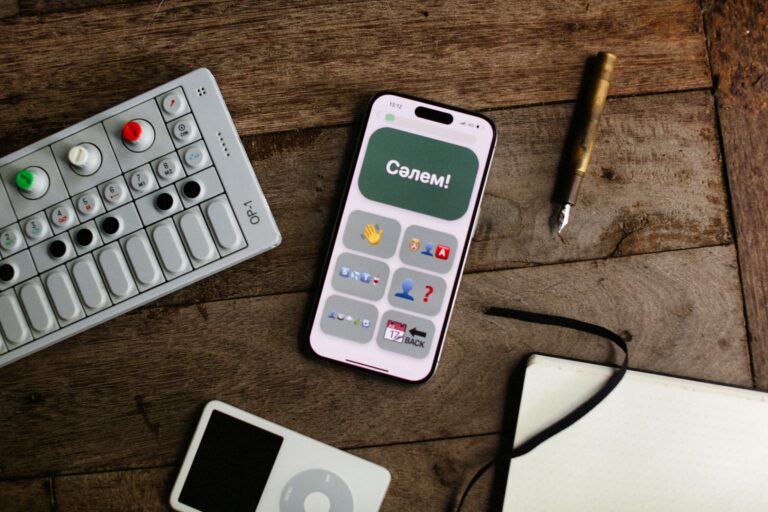
4. Taco Bell x Forever 21 – Fast Fashion, Literally
When Taco Bell dipped into fashion with Forever 21, people were understandably puzzled. But this wasn’t just about taco-themed tees. The collection included bodycon dresses, hoodies, and even pieces inspired by Taco Bell’s employee uniforms.
Launched in 2017, the collaboration took off among millennial fans who saw the clothes as ironic yet stylish—exactly the intersection where hype lives.
Why it worked:
- It capitalized on pop culture’s love for all things ironic.
- Taco Bell already had a strong youth following through late-night food runs and clever social media.
- The collaboration deepened brand loyalty by giving fans wearable merch.
Add this to the list of weird brand collaborations that leaned into humor and identity.
5. Oreo x Supreme – $50 Cookies?
In perhaps the most high-stakes snack drop ever, Oreo teamed up with Supreme, the streetwear juggernaut, in 2020. The bright red, Supreme-branded cookies sold in limited packs and quickly began appearing on eBay—for up to $15,000 a box.
Sure, they were just Oreos. But for fans of Supreme, it was about owning a piece of exclusive pop culture.
Why it worked:
- Supreme’s cult-like following will buy anything with the logo.
- The collab created social currency—“flexing” a cookie became a statement.
- Oreo benefited from a huge cultural relevance boost.
To this day, this is one of the most talked-about food-fashion mashups. It broke all the rules—and still won.
Why These Collabs Stick
At their core, these weird brand collaborations work because they do three key things:
- Break expectations – Catching audiences off guard is half the battle.
- Spark conversation – The internet loves novelty and shareable absurdity.
- Extend brand worlds – Unexpected partnerships expand how people think about a brand.
And of course, a dash of scarcity marketing or visual quirk never hurts.
If your brand is looking to stand out, maybe it’s time to think outside the aisle.
Bonus: 2 Key Takeaways for Marketers
- Lean into identity: Each of these collabs amplified how a brand wants to be seen, not just what it sells.
- Don’t fear the weird: Consumers are open to surprise. As long as it feels authentic, bold can beat bland.
Also, collabs don’t need to be perfect brand matches—they need to create a moment. That moment can lead to cultural relevance, PR buzz, and serious bottom-line impact.
For more context on how unlikely partnerships can spark marketing success, check out this Harvard Business Review article on co-branding.
Or dive into this AdWeek breakdown of viral brand stunts.


